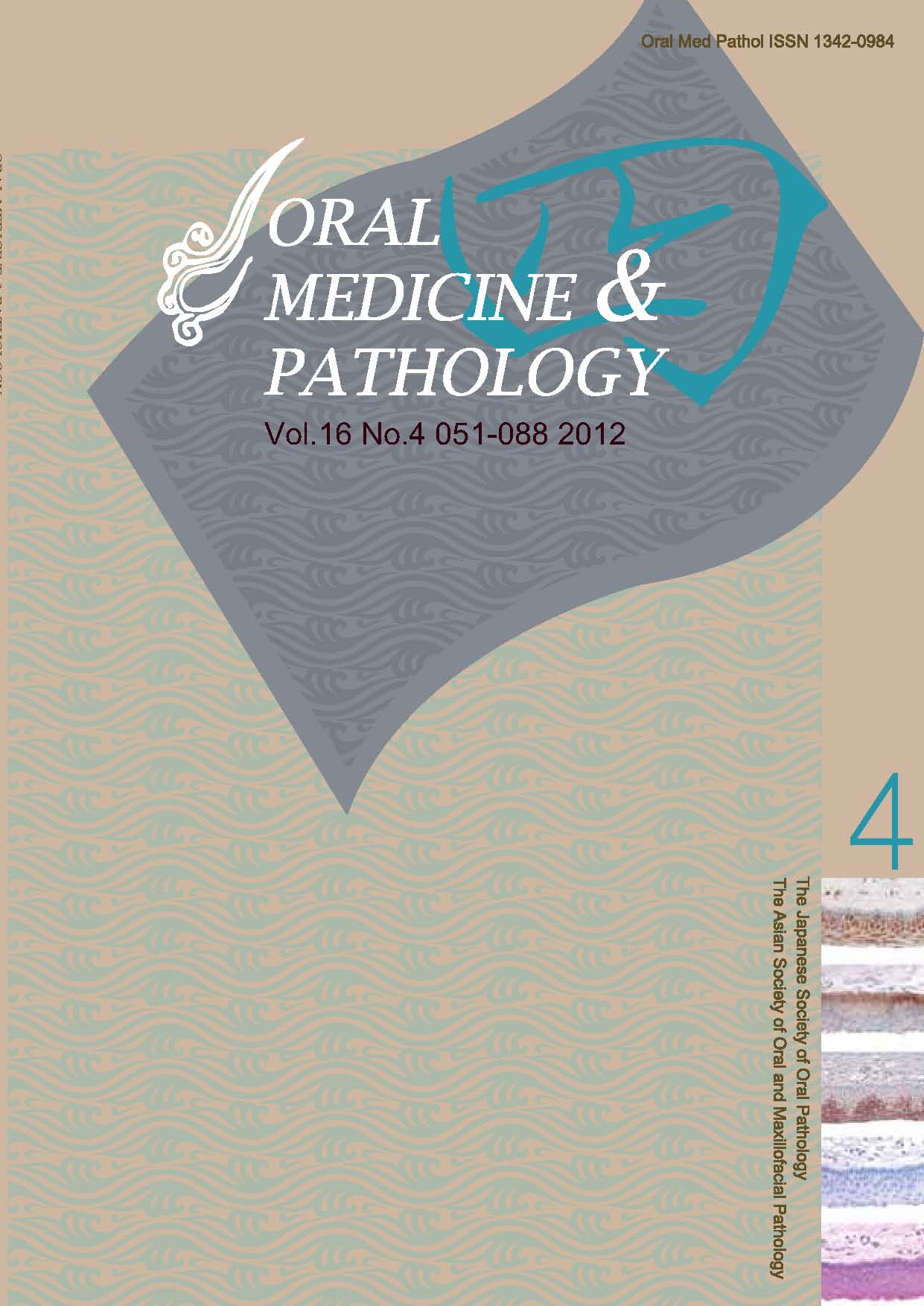Volume 4, Issue 1
Displaying 1-8 of 8 articles from this issue
- |<
- <
- 1
- >
- >|
Review
-
Article type: Editorial Review
1999Volume 4Issue 1 Pages 1-6
Published: June 20, 1999
Released on J-STAGE: April 01, 2008
Download PDF (653K)
Original
-
Article type: Original Article
1999Volume 4Issue 1 Pages 7-11
Published: June 20, 1999
Released on J-STAGE: April 01, 2008
Download PDF (340K) -
Article type: Original Article
1999Volume 4Issue 1 Pages 13-16
Published: June 20, 1999
Released on J-STAGE: April 01, 2008
Download PDF (67K) -
Article type: Original Article
1999Volume 4Issue 1 Pages 17-23
Published: June 20, 1999
Released on J-STAGE: April 01, 2008
Download PDF (95K)
Case Report
-
Article type: Case Report
1999Volume 4Issue 1 Pages 25-29
Published: June 20, 1999
Released on J-STAGE: April 01, 2008
Download PDF (471K) -
Article type: Case Report
1999Volume 4Issue 1 Pages 31-34
Published: June 20, 1999
Released on J-STAGE: April 01, 2008
Download PDF (480K) -
Article type: Case Report
1999Volume 4Issue 1 Pages 35-38
Published: June 20, 1999
Released on J-STAGE: April 01, 2008
Download PDF (397K) -
Article type: Case Report
1999Volume 4Issue 1 Pages 39-43
Published: June 20, 1999
Released on J-STAGE: April 01, 2008
Download PDF (450K)
- |<
- <
- 1
- >
- >|
